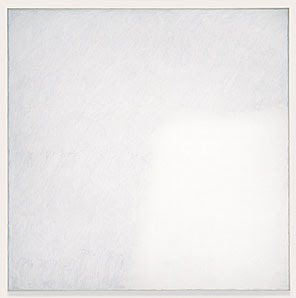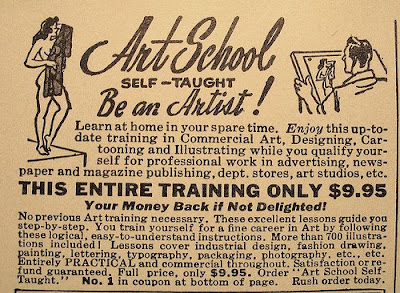 Q. What's the difference between anachronistic art/thought and a surrealist?
Q. What's the difference between anachronistic art/thought and a surrealist?Sunday 11 May 2008
"Sartre defines human consciousness in terms of nothingness in order to emphasize the rift between the mode of things and the mode of human existence. To say in a traditional way that man is an animal endowed with reason blurs, for Sartre, the main point: that human consciousness is not just a part of the universal order of being - it constitutes the world and that order itself. This constitution is rendered possible by virtue of the nothigness of consciousness which in the form of "a lack of identity" provides the condition for the possibility of self-deception ("bad faith"). Without the "lack of identity" it would not be possible to attain self-awareness and the world would consist only of the being-in-itself (= things).
Synthetic Principle:
But without the syntehtic ability of consciousness that world would be non-existent. Even the principle of identity (A=A), which traditionally figures as an analytic (logical) principle, represents, for Sartre, a work of consciousness and is therefore in its nature synthetic"
What is Nothing, anyway?
It's not anything, and it's not something, yet it isn't the negation of something, either. Traditional logic is no help, since it merely regards all negation as derivative from something positive. So, Heidegger proposed, we must abandon logic in order to explore the character of Nothing as the background out of which everything emerges.












